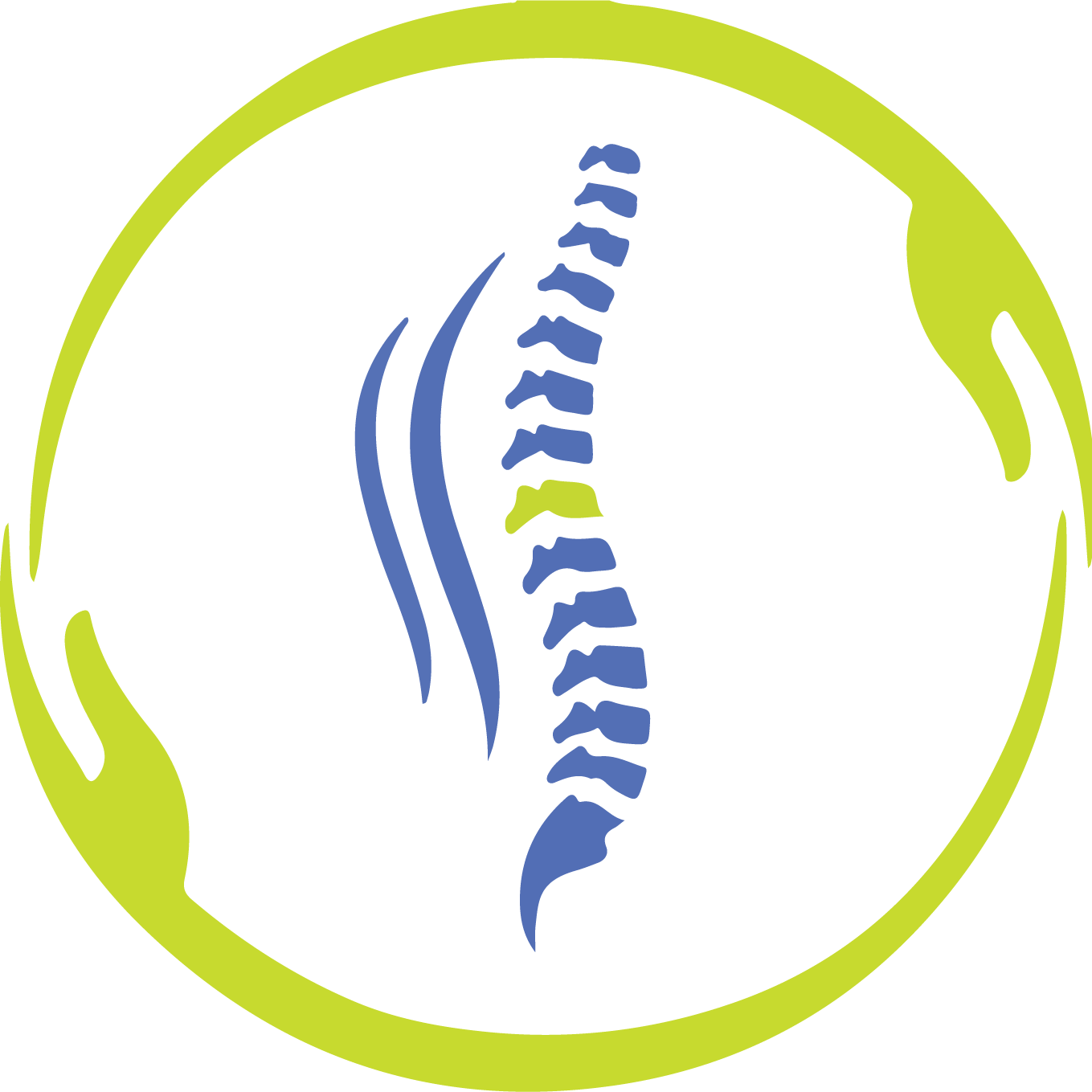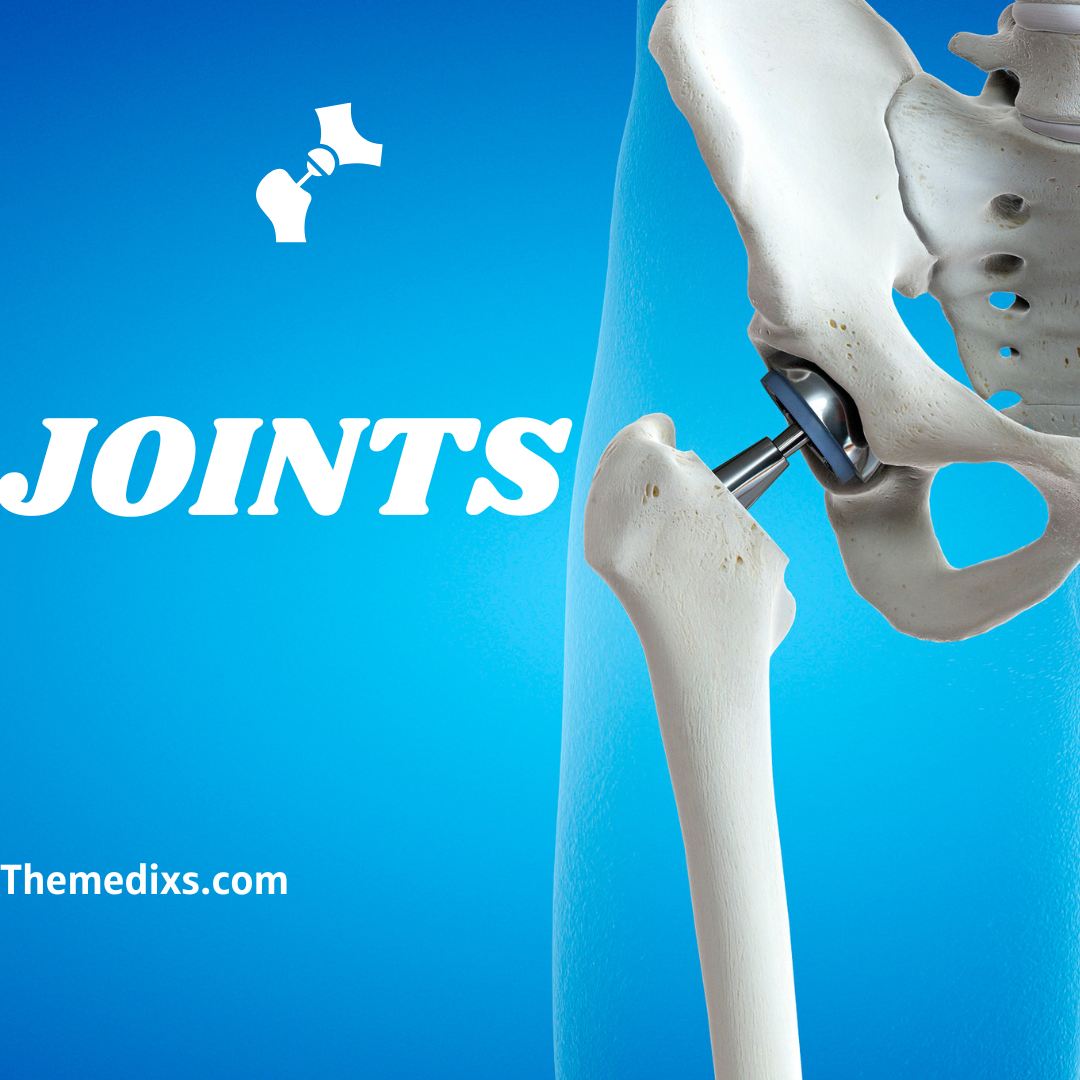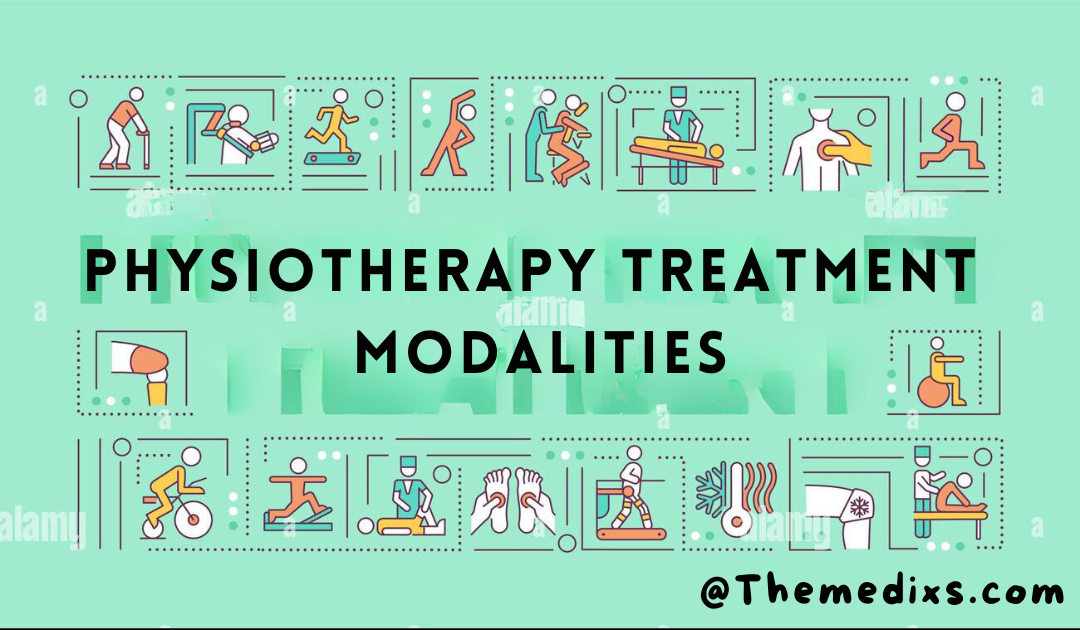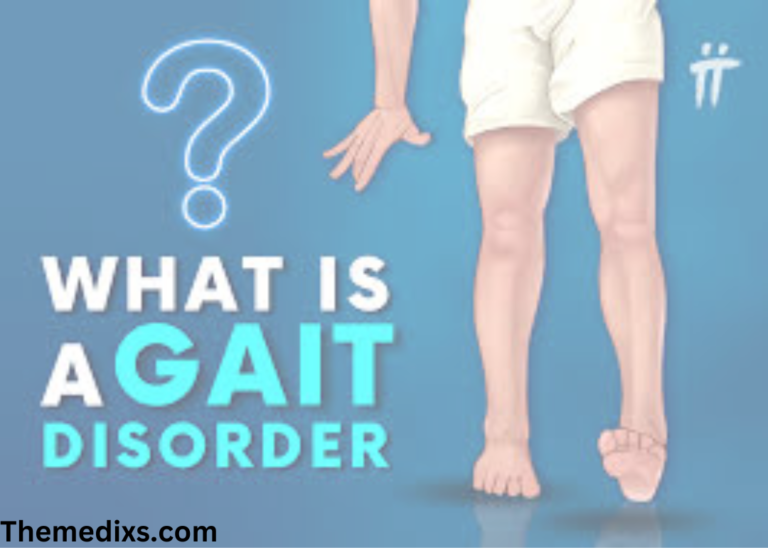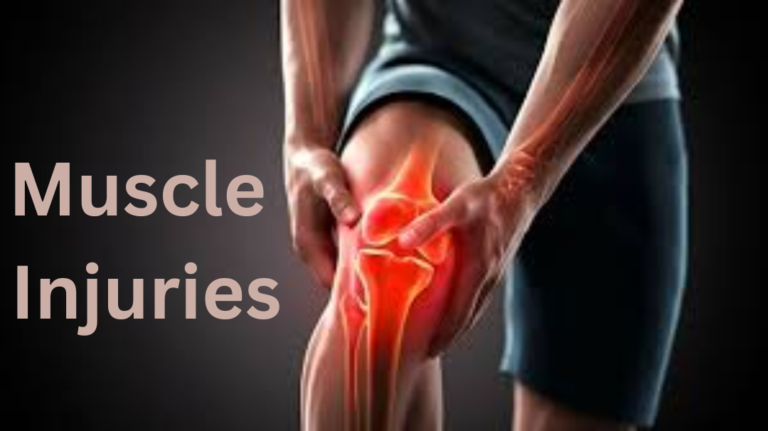The abdominal muscles are integral to our physical health and performance, providing support, stability, and strength to the core region of the body. Often referred to collectively as the “abs,” these muscles do far more than just contribute to a toned and aesthetic midsection. They play a crucial role in posture, balance, respiration, and movement. Understanding the anatomy, function, and ways to maintain the health of abdominal muscles is essential for anyone seeking a strong and functional core.
Anatomy of the Abdominal Muscles
The abdominal muscles are comprised of 4 primary groups, each with a specific location and function. Together, these muscles form a protective and supportive network for the abdominal cavity and internal organs.
Rectus Abdominis:
Often known as the “six-pack,” the rectus abdominis is a long, flat muscle that extends vertically from the pubic bone to the ribcage. It is accountable for flexing the lumbar backbone, which is the movement we perform during a sit-up. This muscle also helps maintain posture and helps movements like bending forward or stabilizing the core during lifting duties.
External Obliques:
Located on both aspect of the rectus abdominis, the external obliques run diagonally downward and inward from the lower ribs to the pelvis. These muscular tissues help in lateral flexion (side bending) and rotation of the trunk. They additionally help to stabilize the center during dynamic activities inclusive of running or twisting motions.
Internal Obliques:
Positioned underneath the outside obliques, the inner obliques run diagonally upward and inward. These muscular tissues paintings in live performance with the outside obliques to facilitate trunk rotation and lateral flexion. Additionally, they help in compressing the stomach hollow space, that’s vital for sports like exhaling forcefully or bracing at some point of heavy lifting.
Transverse Abdominis:
The private layer of stomach muscular tissues, the transverse abdominis wraps horizontally across the torso like a corset. It is essential for core stability and functions to compress the abdominal contents. This muscle performs a extensive function in preserving spinal alignment and protective the decrease back during movement.
Functions of the Abdominal Muscles
The abdominal muscles are important to various physical features, from maintaining posture to facilitating movement. Here are a number of the important thing roles they play:
Core Stability:
Abdominal muscles shape the foundation of core strength, that’s important for stabilizing the spine and pelvis. This balance is essential for virtually all physical activities, from walking and running to lifting and jumping.
Postural Support:
Strong abdominal muscular tissues assist keep an upright posture by counteracting the pull of gravity at the spine. They work in tandem with returned muscular tissues to keep the frame aligned and balanced.
Respiration:
The transverse abdominis and obliques help with forced exhalation with the aid of using compressing the abdominal cavity, pushing air out of the lungs. This characteristic is in particular vital at some point of lively bodily sports.
Protection of Internal Organs:
The stomach muscular tissues shape a defensive barrier for the inner organs placed inside the stomach hollow space, protective them from outside forces and impact.
Facilitation of Movement:
From bending and twisting to stabilizing at some point of complicated motions, the stomach muscular tissues allow a extensive variety of movements. They work synergistically with different muscle businesses to carry out useful duties efficiently.
Strengthening the Abdominal Muscles
Developing strong and functional abdominal muscles includes targeted exercises that interact all 4 muscle groups. Here are a few effective exercises for strengthening the core:
- Plank: The plank is a static exercise that activates the rectus abdominis, obliques, and transverse abdominis. By holding the body in a straight line, you challenge the core to maintain stability and resist gravity.
- Bicycle Crunches: This dynamic exercise targets each the rectus abdominis and obliques. Alternating elbow-to-knee movements simulate a pedaling motion, engaging the abdominal muscles thru rotation and flexion.
- Russian Twists: Russian twists are excellent for strengthening the obliques. Sitting on the ground with knees bent, you twist the torso side-to-side while protecting a weight or medicine ball.
- Leg Raises: Leg raises isolate the decrease a part of the rectus abdominis. Lying for your back, elevate your legs while keeping them straight, then decrease them slowly without touching the ground.
- Vacuum Exercise: This technique strengthens the transverse abdominis by drawing the belly button inward toward the spine. It`s a low-effect workout that may be performed even as seated or standing.
Importance of Stretching and Recovery
Just as strengthening the abdominal muscles is important, so is stretching and allowing adequate recovery. Stretching helps enhance flexibility, reduces the hazard of injury, and alleviates muscle tightness. Incorporate stretches just like the cobra pose or side bends into your routine to lengthen the abdominal muscles after workouts.
Recovery is equally crucial. Overtraining can cause muscle fatigue and strain, diminishing the effectiveness of your workout routines and increasing the probability of injury. Ensure you get enough rest among severe training sessions, and don’t forget practices like foam rolling or massage to alleviate anxiety in the core region.
Role of Nutrition
Building and maintaining strong abdominal muscles isn`t completely about workout; nutrition plays a pivotal role as well. A balanced diet rich in lean proteins, healthy fats, and complex carbohydrates provides the energy and vitamins needed for muscle repair and growth. Staying hydrated and avoiding excessive intake of processed foods and added sugars also can help to reduce belly fat, making your core muscles more defined.
Common Myths About Abdominal Muscles
There are several misconceptions surrounding abdominal muscles, particularly when it comes to achieving a toned midsection. Here are a few common myths debunked:
“Spot Reduction Works”:
It is a widely held belief that performing exercises like crunches will specifically burn fats from the abdominal area. However, fat loss occurs uniformly throughout the body and is best achieved thru a mixture of regular exercise and a healthy diet.
“More Crunches Equal Better Abs”:
While crunches are a popular core workout, depending solely on them will not cause optimal results. A complete exercise that targets all muscle groups in the core is important for balanced energy and functionality.
“Abs Are Made in the Gym”:
While exercise is important, the saying “abs are made in the kitchen” holds true. Without proper nutrients, it is difficult to achieve visible abdominal definition, regardless of how a good deal you train.
Conclusion
The abdominal muscles are far more than a symbol of fitness; they are the cornerstone of physical health and functional movement. Understanding their anatomy and roles in the body allows us to appreciate their importance and prioritize their care. By incorporating targeted exercises, maintaining a nutritious diet, and allowing proper recovery, anyone can build a strong and resilient core. The benefits extend beyond aesthetics, enhancing overall well-being and enabling a more active, pain-free life.

